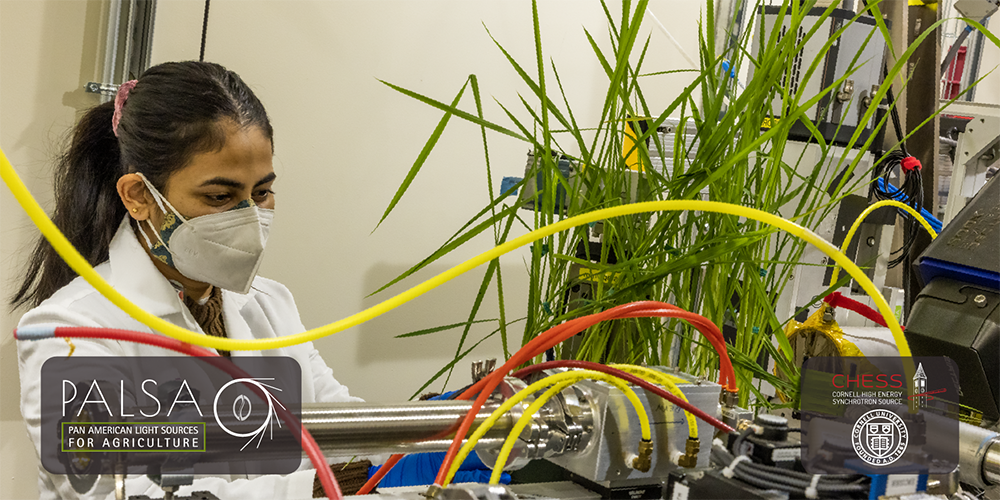Speaker
Description
Synchrotrons accelerate and bend electron beams in order to create tangential, high flux photons across a wide energy range. While synchrotrons are quite difficult to access with very expensive beamtime, there are several powerful analytical modalities accessible through this approach including X-ray crystallography, infrared microscopy, powder diffraction, X-ray absorption spectroscopy, and others. Here we discuss X-ray fluorescence microscopy (XFM), another powerful application associated with Synchrotrons, and how recent advances in lab based μXRF (micro X-ray fluorescence) spectroscopy can be used to inform proper synchrotron design of experiment and substitute for difficult to access synchrotron beamtime. Lab based μXRF instruments now allow decentralized access to high spatial resolution elemental mapping of samples down to 5 μm spot excitation diameter. Data will be presented comparing synchrotron-generated elemental maps to lab based μXRF for several different sample types including cofactor migration tracking within biological tissue sections, element accumulation and distribution in plants, and minerology mapping.

